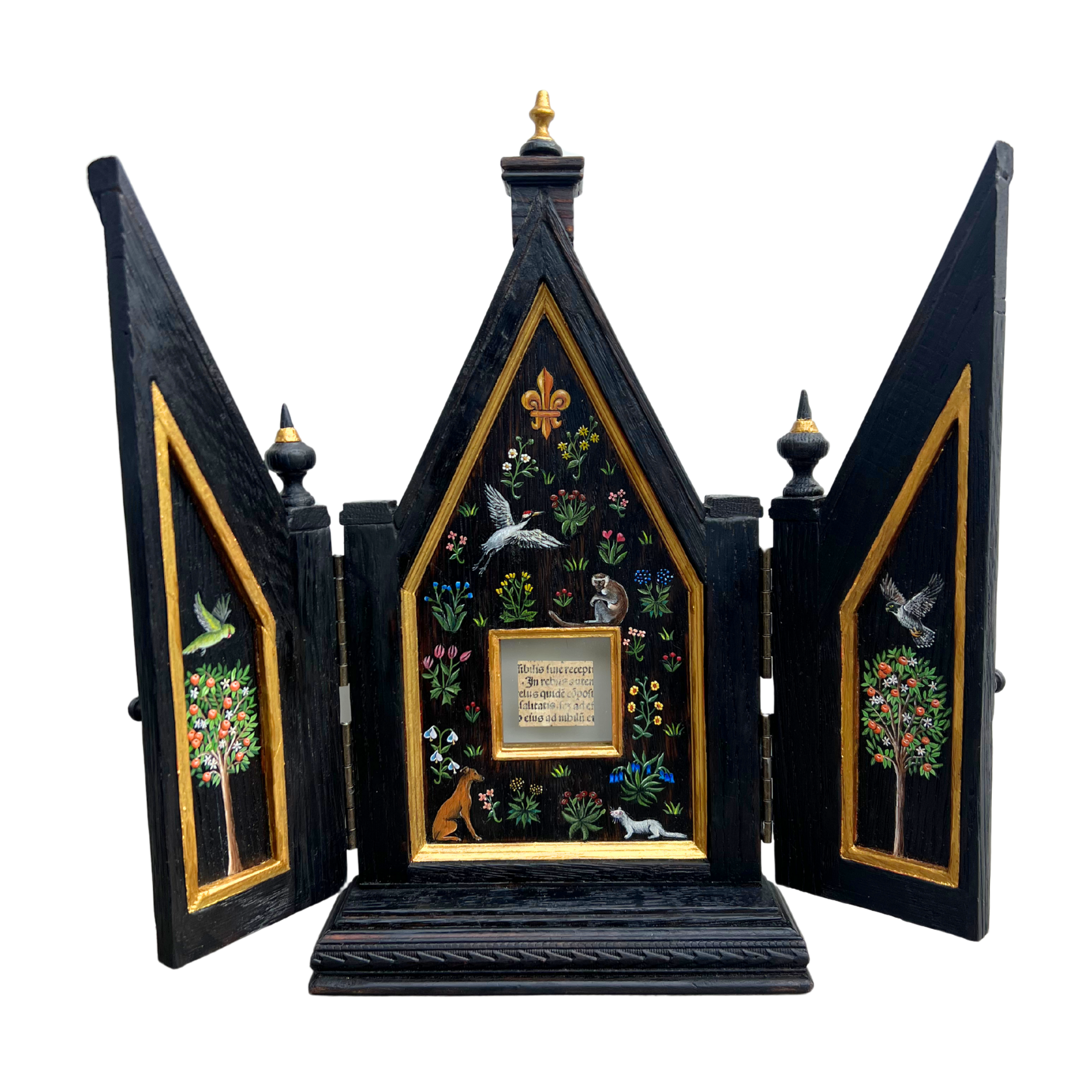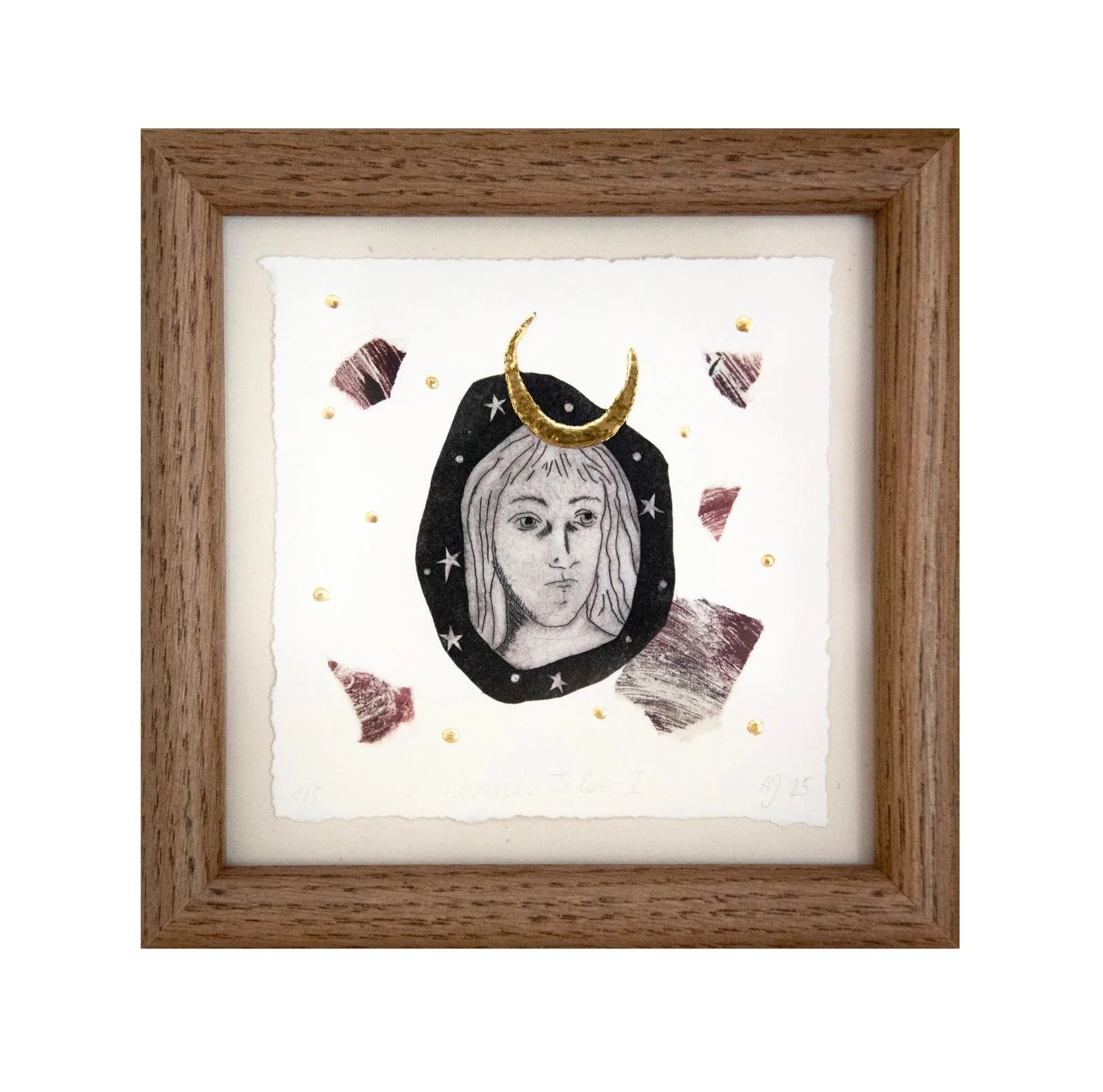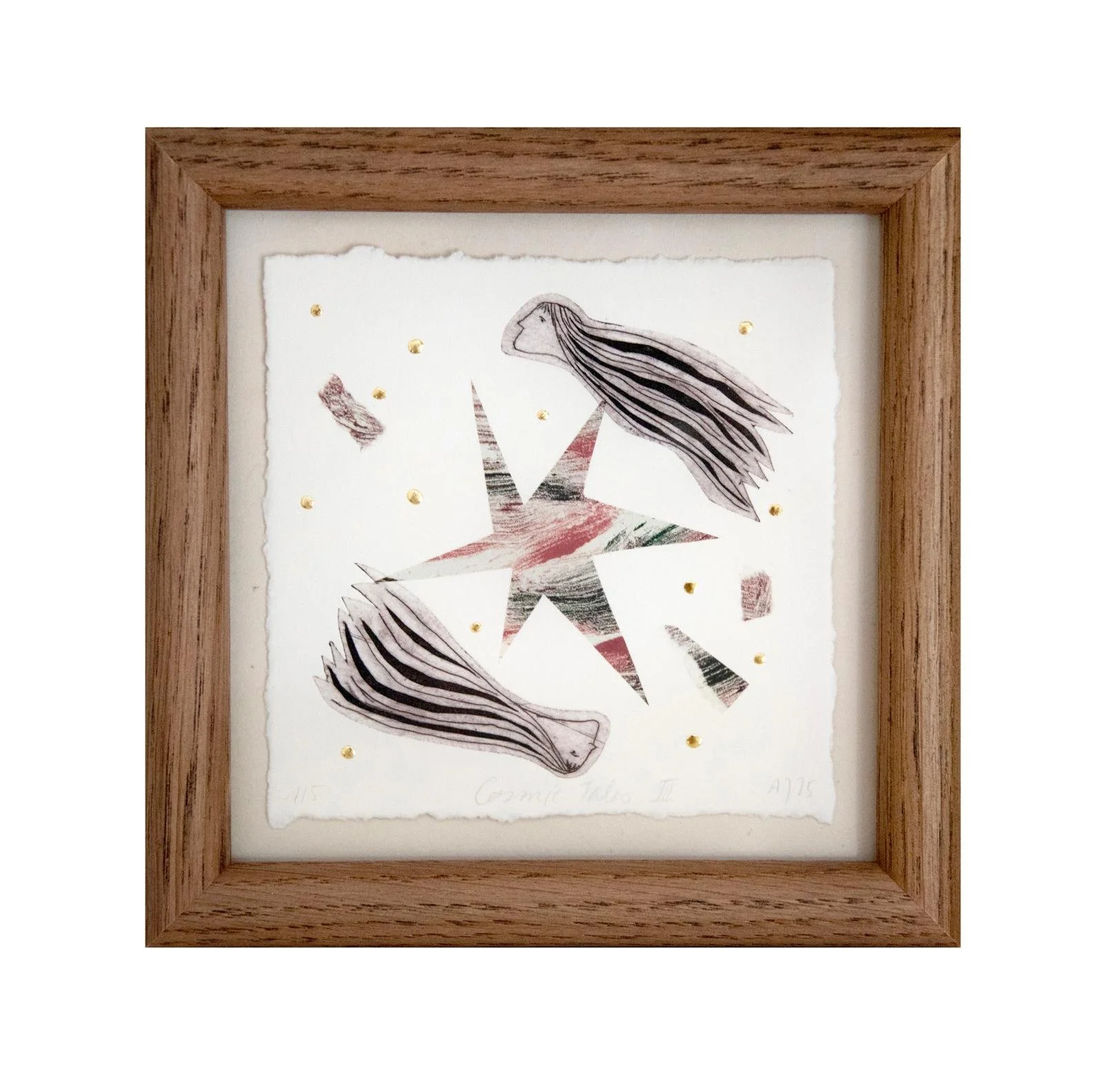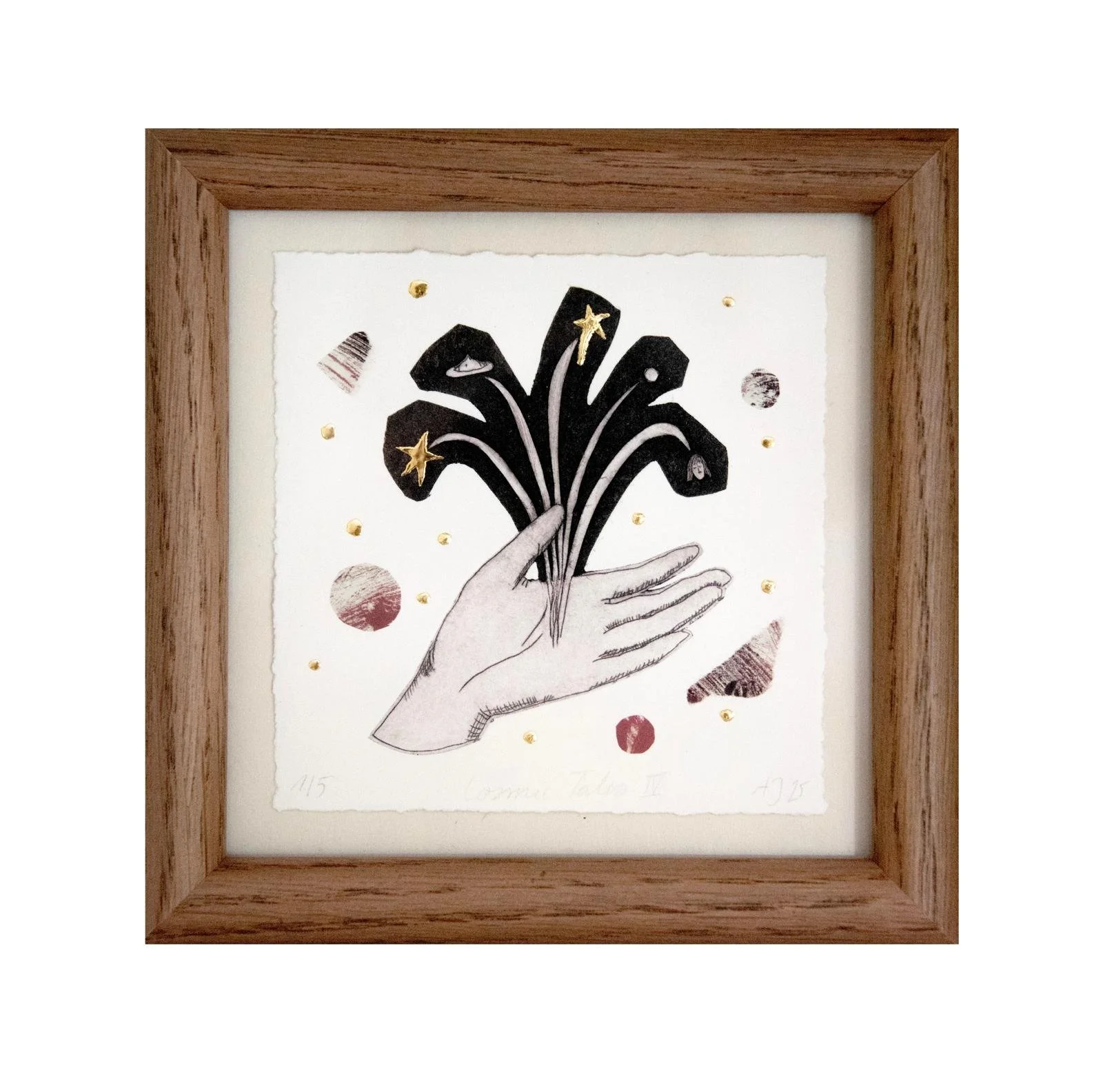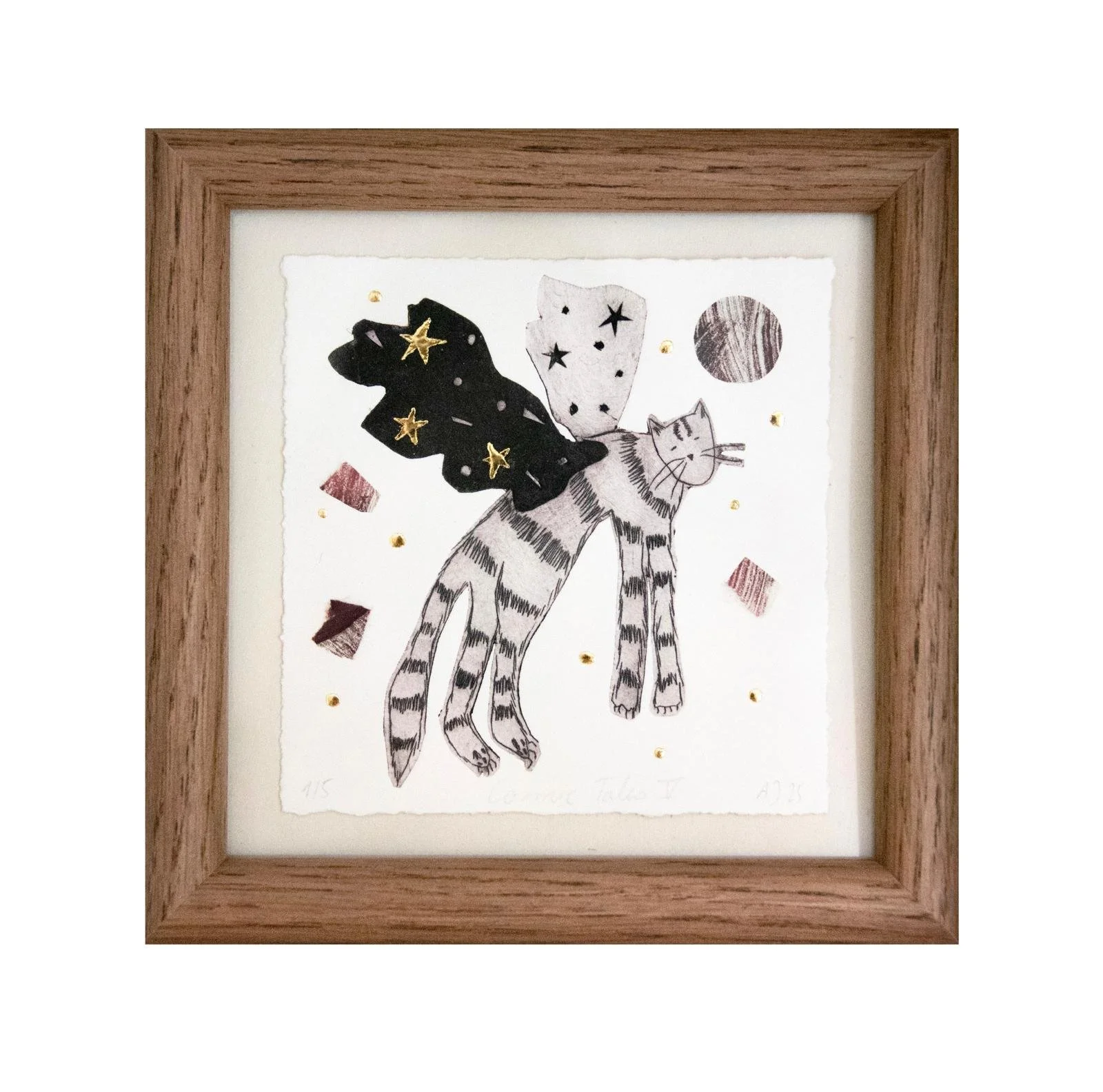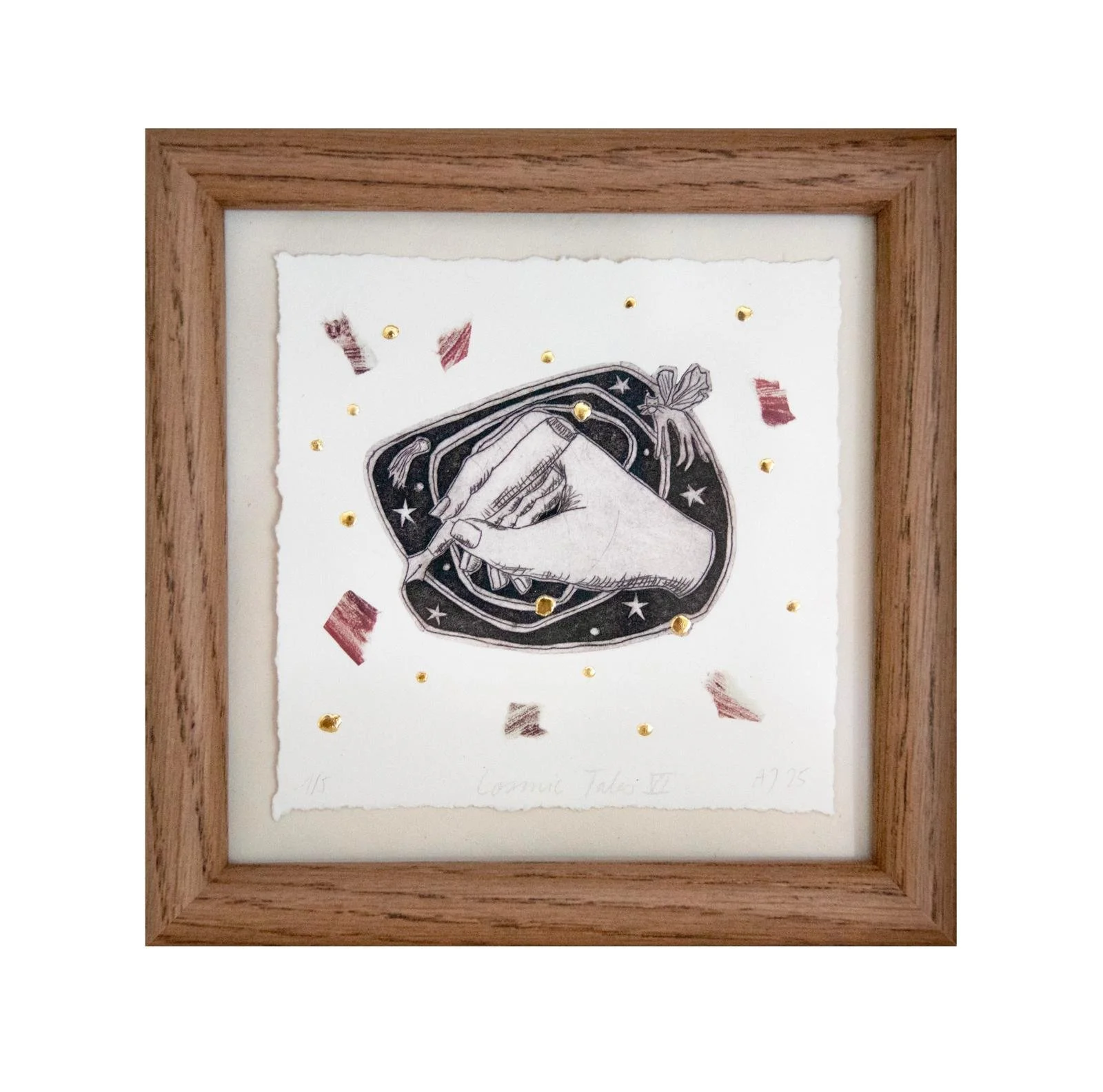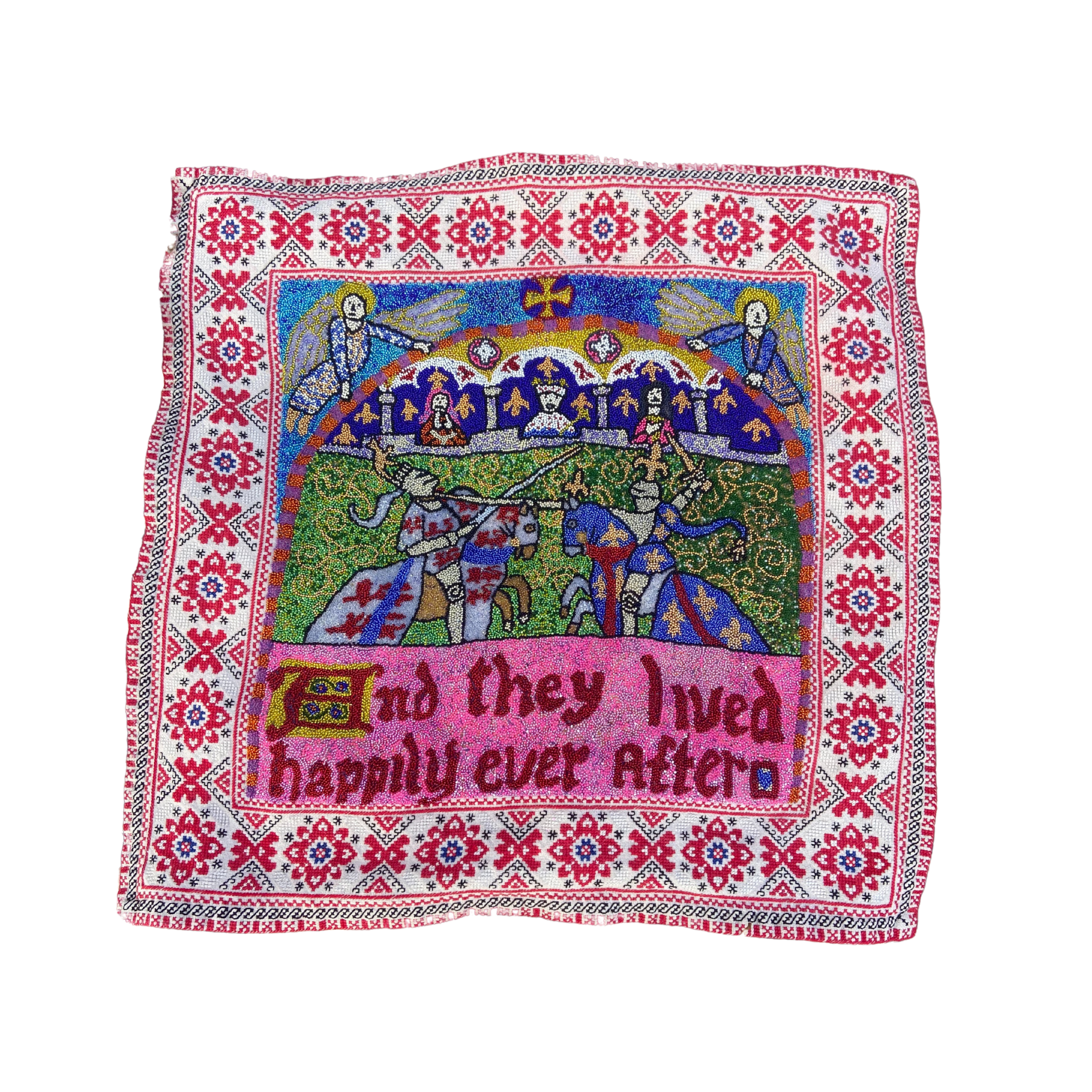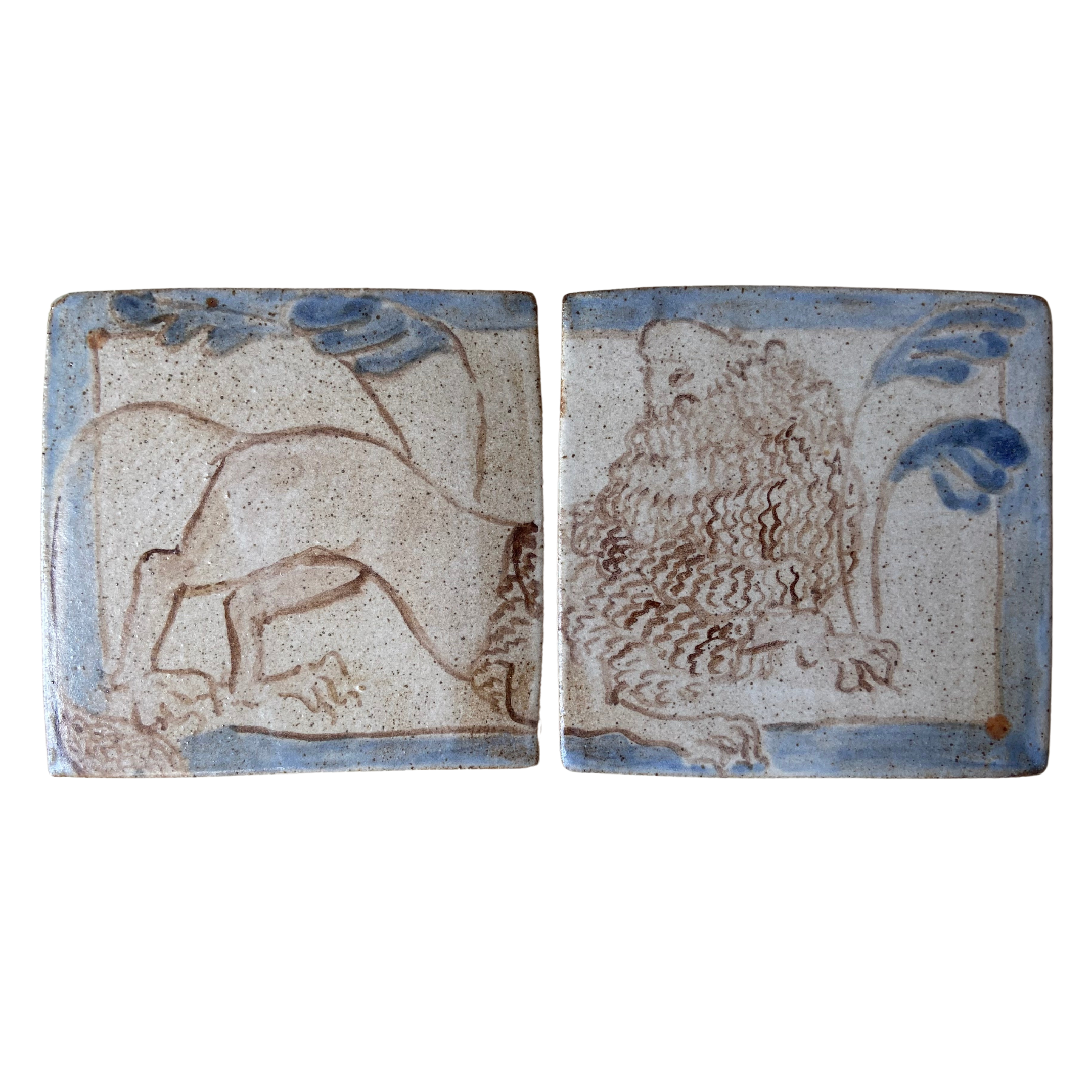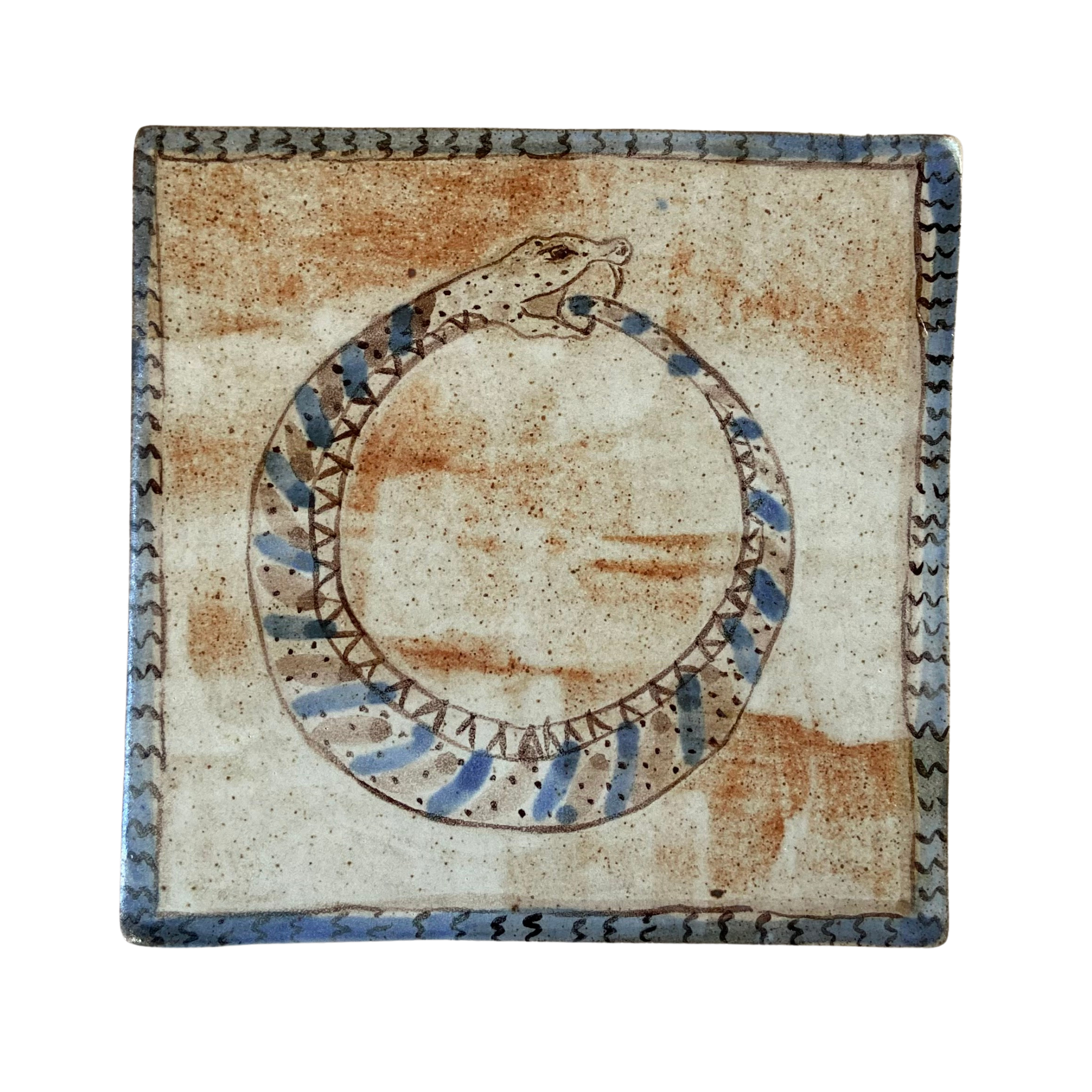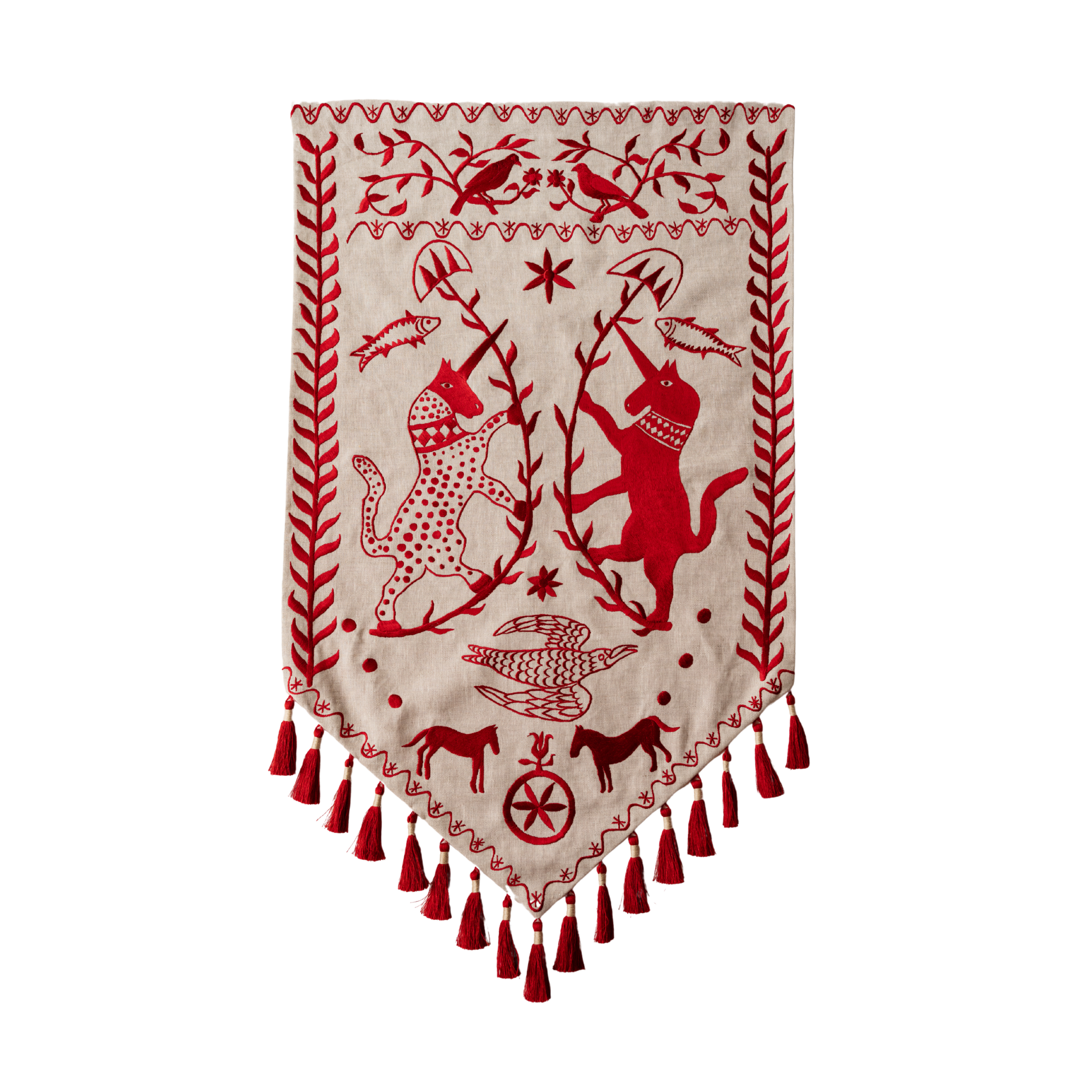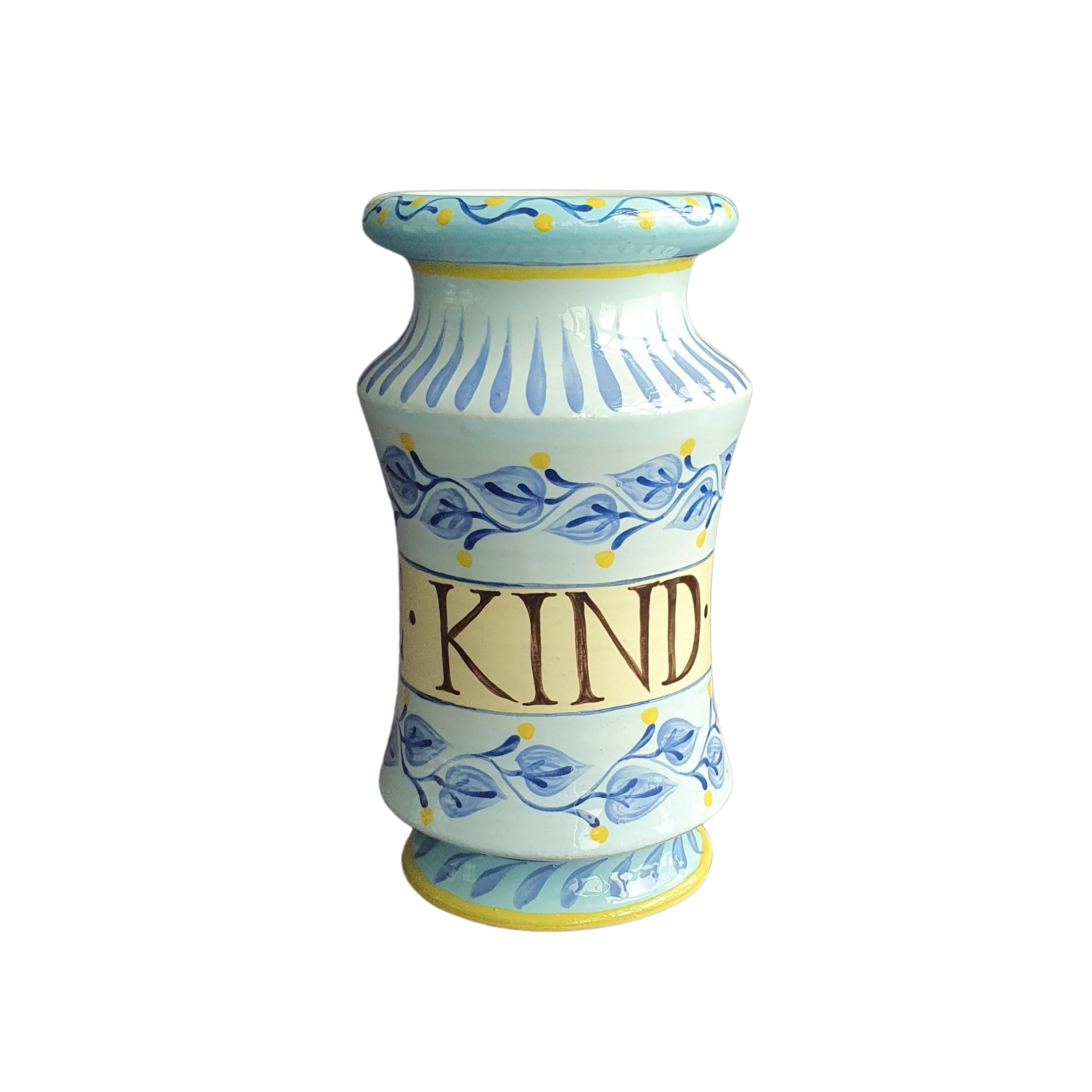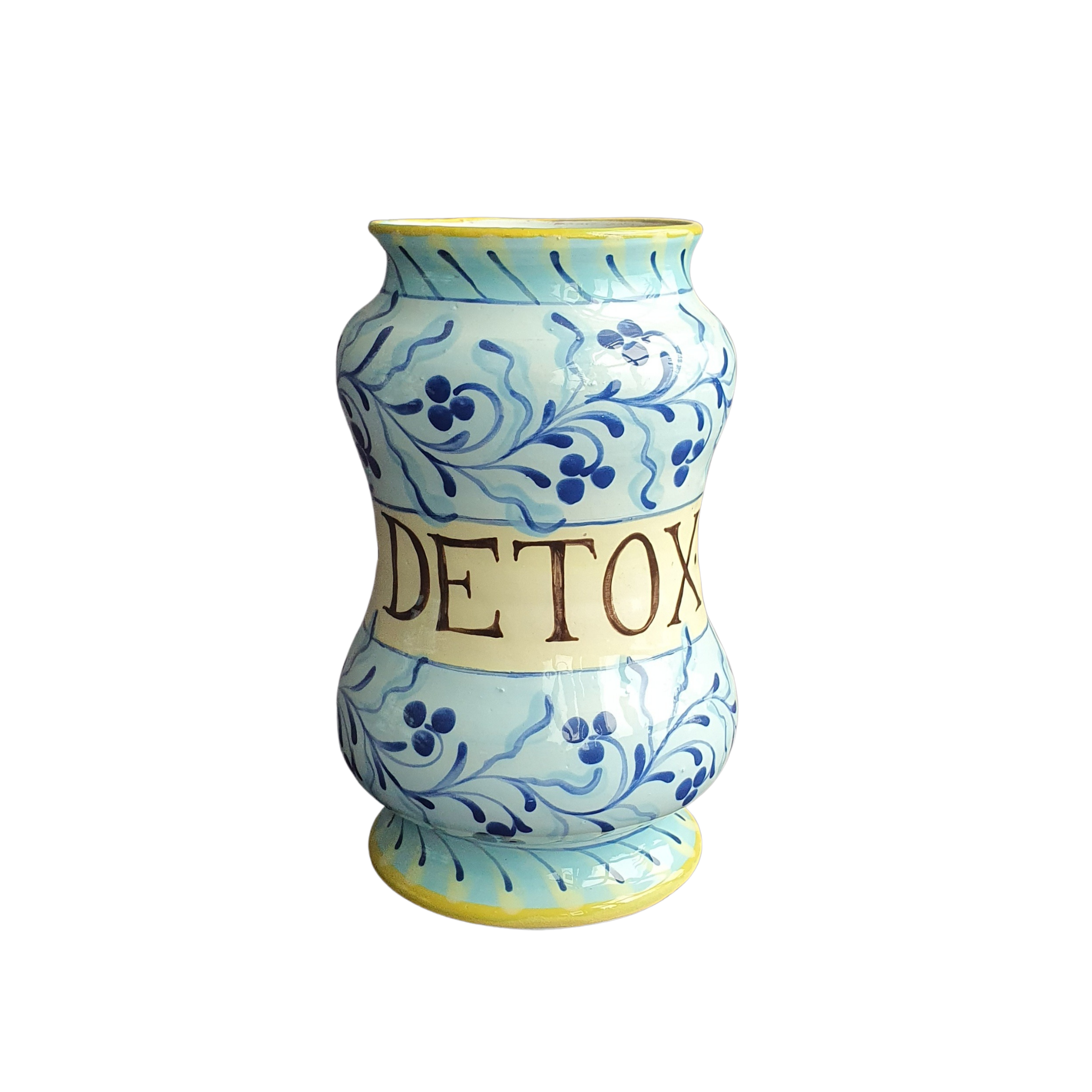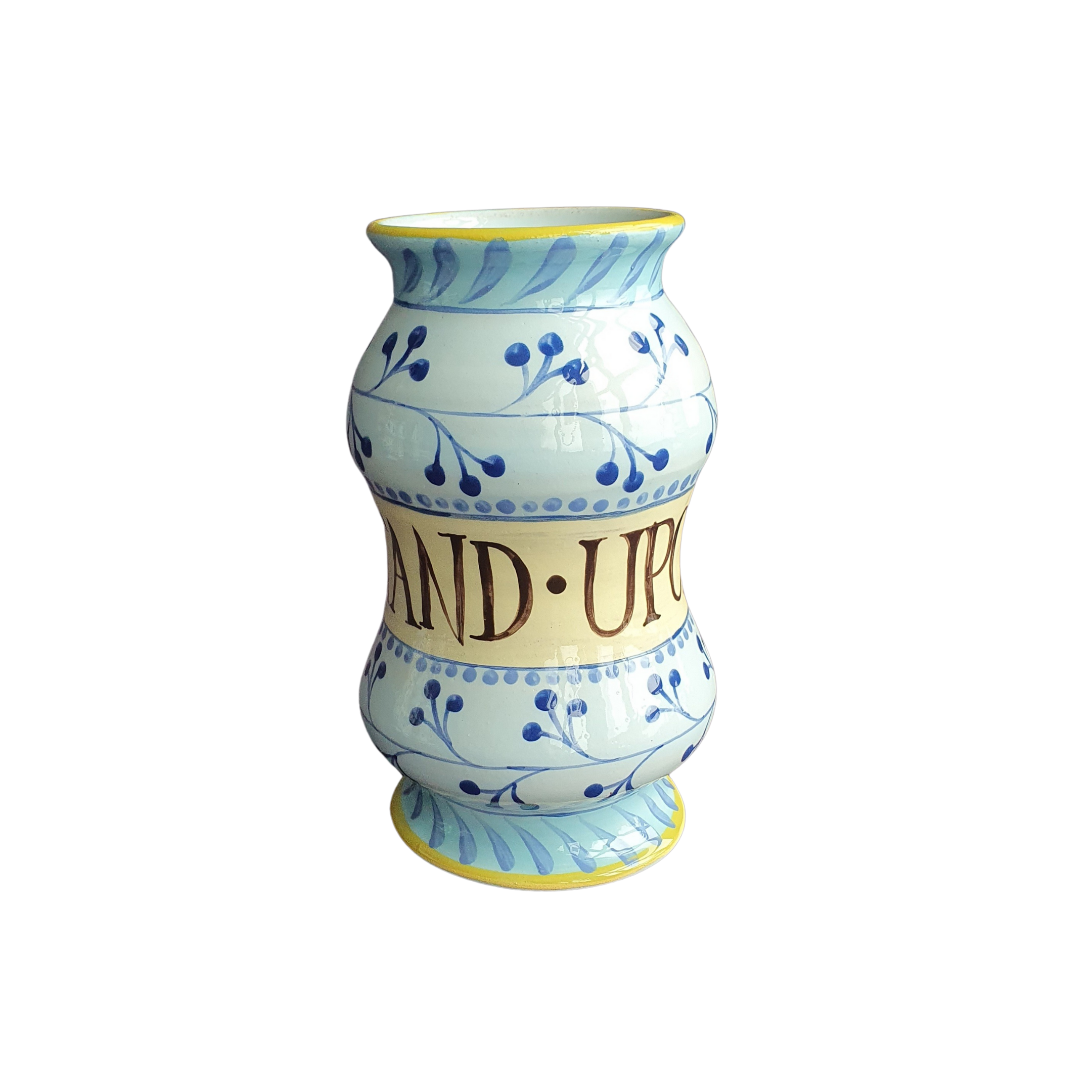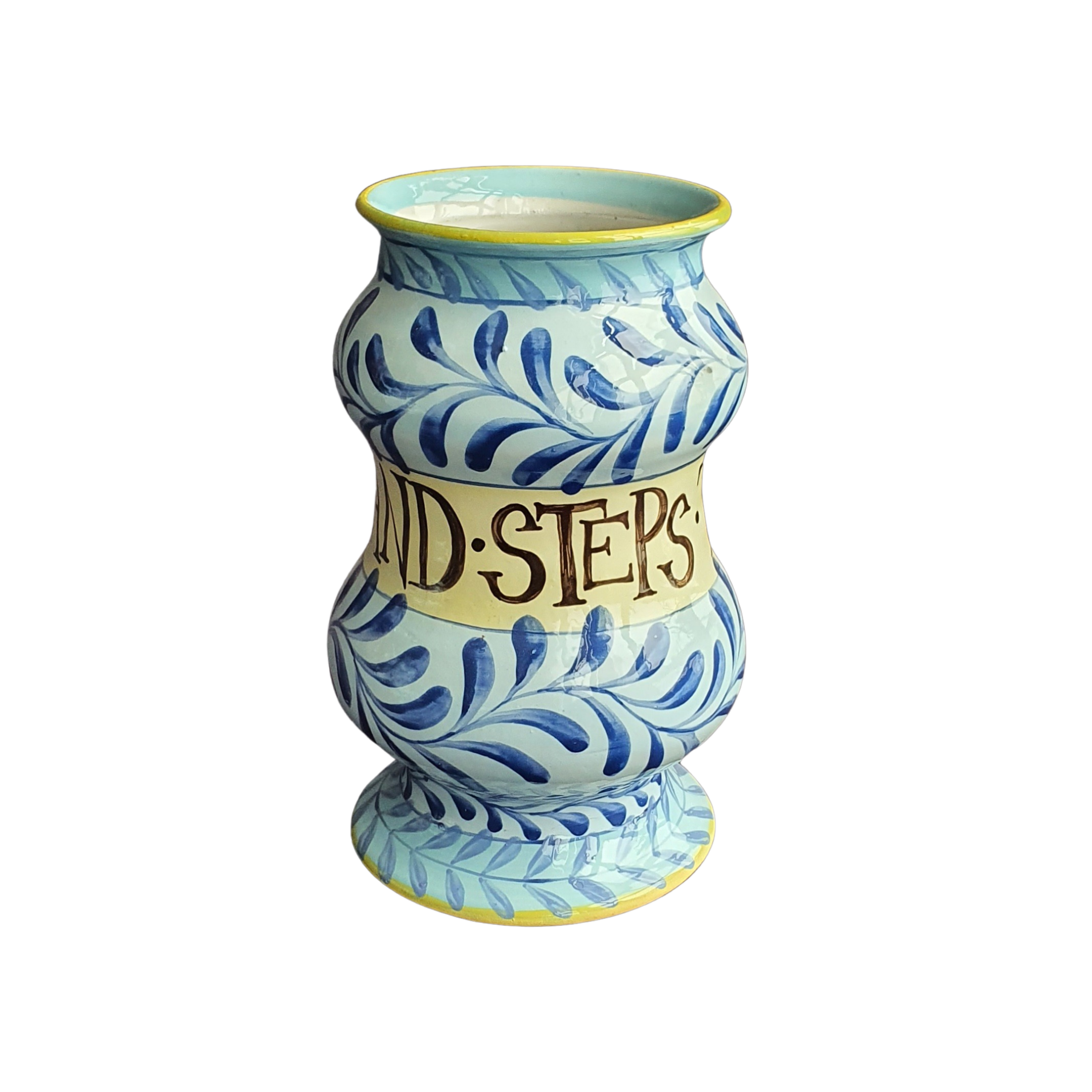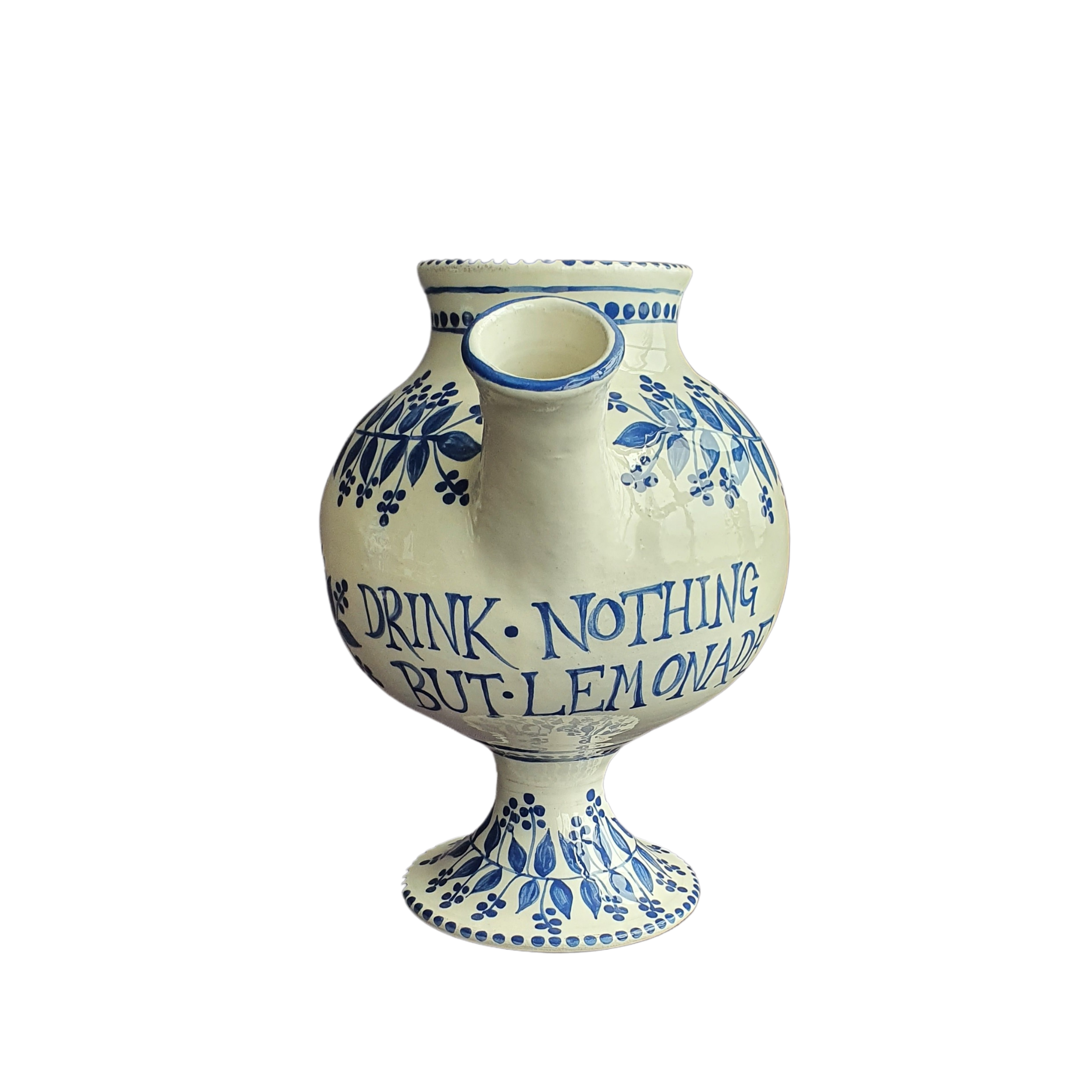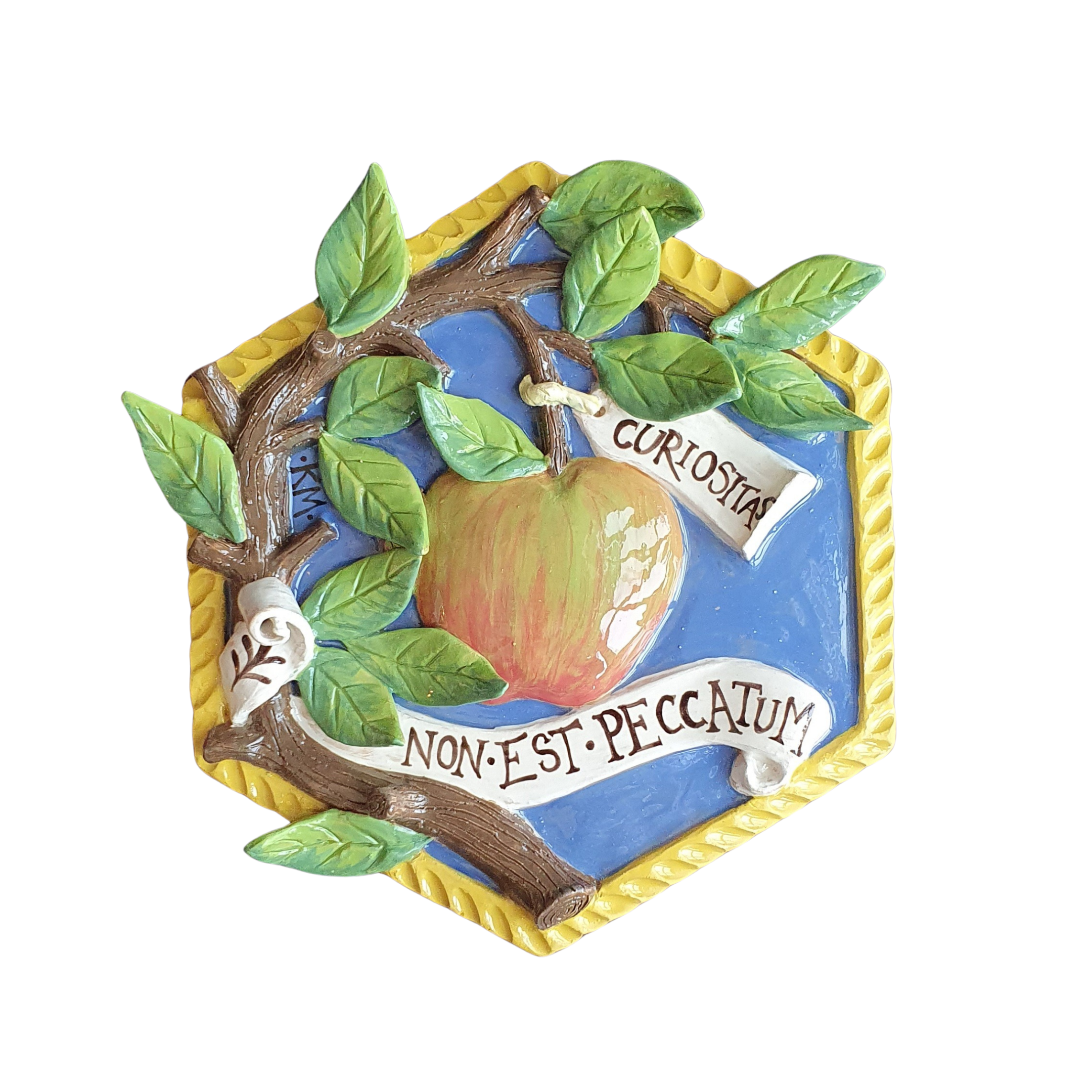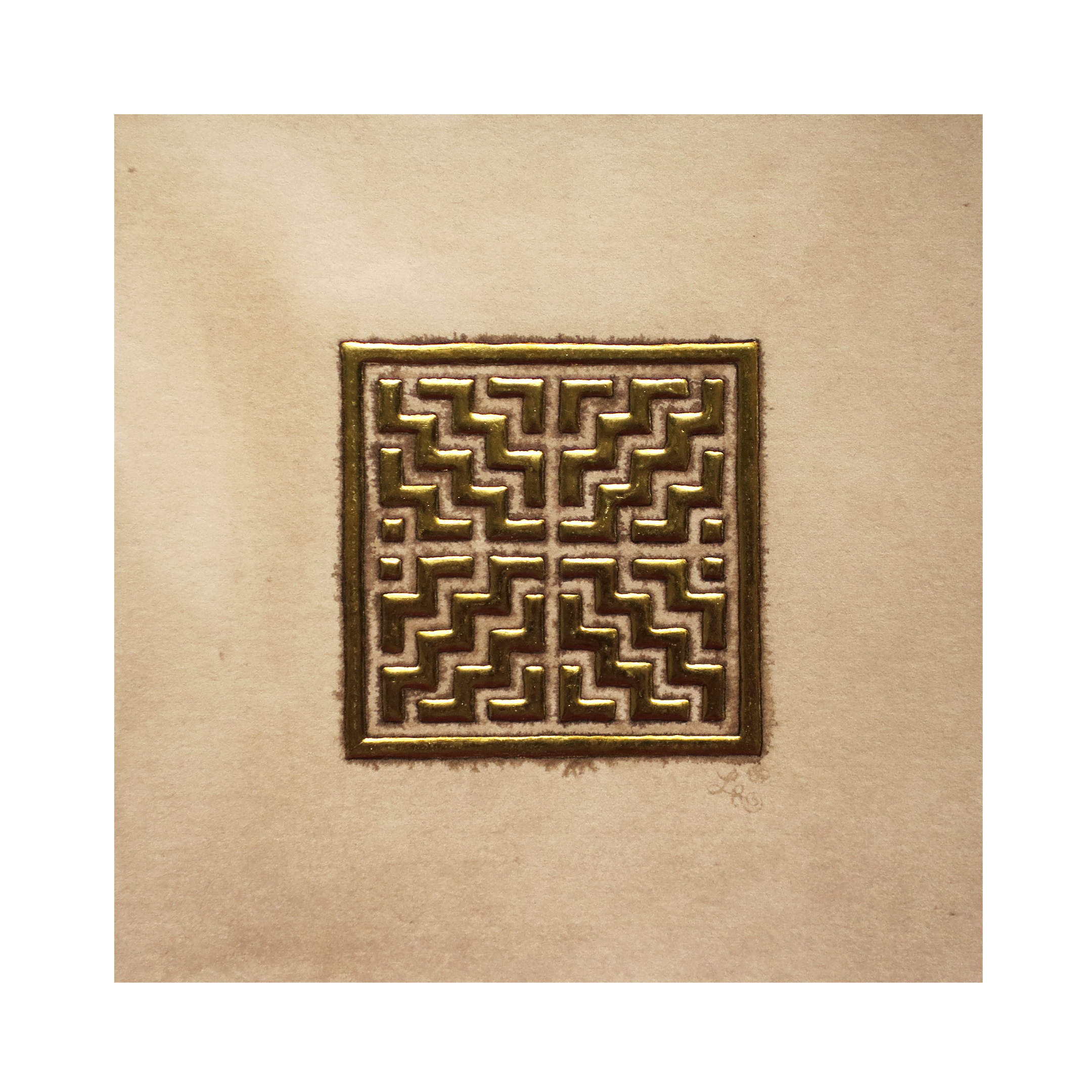26 contemporary artists respond to the Middle Ages in unique group show. The result is a cabinet of medieval-inspired curiosities - sacred and profane, serious and surreal, traditional and utterly contemporary.
Dates: Monday 16th – Saturday 21st June 2025
Location: The Framing Gallery at Green & Stone, 122 Fulham Road, South Kensington, London SW3 6HU
Opening Hours: 10.00 – 17.00 (Monday - Saturday)
-
This exhibition is animated by a savoury paradox. Bringing together the work of 26 contemporary artists whose practices respond to medieval art, its title invites us to think about relics, the physical remains of saints and objects believed to be sanctified by contact a holy person. Beyond this restricted sense, the word is used positively as well as pejoratively to signal the antiquity of something (or someone). But of course, the work in this show is anything but ancient: these objects, very much products of our present moment, are not relics in any ordinary sense of the term. These new works remind us that relics themselves, and the associated objects made by medieval artists, were once new: as the saying goes, all art was contemporary once. These artists engage with medieval objects in ways that open up vital questions about the relationship between past and present, demonstrating how the past can be a source of knowledge, inspiration, and wonder
Relics stood at the centre of medieval Christian religious practices. They were sealed inside altar stones, housed in elaborate shrines, and enclosed in fabulously ornate containers. Some where small enough to be worn, concealed in jewellery. Known as reliquaries, precious materials - gold, silver, crystal and other precious stones - were crafted into objects of dazzling opulence, and many included images that proclaimed the significance of the relics they contained. The juxtaposition between such reliquaries and relics themselves can be disquieting: shining gold and gemstones enshrine fragments of bodies (bone, blood, teeth, hair), holy objects (including, at the highest status, those associated with Christ and the Virgin, such as wood from the cross, bits of the crown of thorn, or the Virgin’s tunic), or even stones and soil from holy ground.
The artists contributing to this show respond to medieval art through materials, techniques, imagery, and ideas. Some have mastered techniques and materials that were used in manuscript illumination and panel painting - egg tempera, gilding with burnished leaves of gold. Others have worked in ceramic, textile, and wood, taking inspiration from secular and sacred iconographies to produce works of art that entangle the past with the present.
In our age of pixels and polymers, these works of art point to the connection of two digital modes, the screen-reliant digital universe and the digits of the hand. Medieval artefacts have been digitised and catalogued by libraries and museums at an incredible rate over the past quarter-century: this has opened up this material to more people than at any time in its history. In academic and museum circles we tend to focus our attention on specialists, students and the curious public, but these artists demonstrate that makers, too, benefit from this work, with new ideas springing from their encounters with medieval art. Yet however important online resources might be, they will never displace the importance of the physical work of art, which inspires and provokes through the direct encounter in time and space.
As I write this, the National Gallery’s major exhibition of fourteenth-century painting from Siena is in its final weeks (Siena: The Rise of Painting 1300-1350, until 22 June). Enormous audiences have seen this exhibition in New York and London. People have queued up to see, among other wonders, reassembled panels from Duccio’s masterpiece known as the Maestá, astonished by its ability to communicate between its maker in the early 14th-century and viewers in 2025.
Meanwhile, a debate rages about the relevance of art and culture, the value of the humanities, the cost/benefit of investment in arts education. Taken together, the Siena show and the present group of works demonstrates that the future of the past is keenly important, as a source of knowledge and inspiration, as a material demonstration of the ingenious ways that our ancestors organised their societies, used resources, responded to disasters, and reimagined ancient stories and beliefs to suit their own needs.
Alixe Bovey
Professor of Medieval Art History, The Courtauld
VENETIA HIGGINS (curator)
Venetia Higgins studied History of Art at Edinburgh before project managing art exhibitions in the non-profit sector for 5 years. She undertook a post-graduate level year at the Royal Drawing School (2022), and has since combined her project management expertise with her art practice to become a full-time artist and curator.
Venetia’s art practice explores flora and fauna through a medieval lens. Her work frequently incorporates fragments of historical materials – working with a book restorer for manuscript pieces and a framer who specialises in ancient timber. The resulting pieces form a contemporary response to medieval depictions of the natural world, blending traditional craftsmanship with a modern sensibility.
Click on the below artworks to view and purchase
ALDA JUNE
Alda June is a printmaker whose dreamlike works blend myth, hybrid forms, and personal symbolism. Using drypoint, monotype, and chine collé, she explores identity and transformation. Her intuitive, raw approach embraces imperfection as power, reflecting a journey of self-discovery through fantastical, often unsettling imagery.
Click on the below artworks to view and purchase
ANNELIE SOLIS
Annelie Solis is a Trinidadian artist exploring ancient cosmology and astrology through miniature painting. Self-taught across disciplines, she earned an MA at the King’s Foundation and now lives in Spain, painting natal charts using natural pigments and mythic imagery rooted in traditional arts.
Click on the below artworks to view and purchase
ATHENA NEMETH
Athena Nemeth is a Canadian textile artist blending embroidery with historical storytelling. Inspired by medieval manuscripts, she uses vibrant threads on unconventional objects to reimagine overlooked histories with colour and creativity. Her work merges art, research, and narrative in richly layered textile forms.
Click on the below artworks to view and purchase
AYESHA AMJAD
Ayesha Amjad is a painter whose work explores spiritual and personal journeys using Indo-Persian miniature techniques. Inspired by medieval Islamic maps, her richly symbolic landscapes use handmade natural pigments to express transformation and memory through organic forms and vivid, imaginative storytelling.
Click on the below artworks to view and purchase
BELL HUTLEY
Bell Hutley is a multidisciplinary artist exploring folklore, dreams, and Jungian symbolism. Influenced by fairy tales, alchemy, and artists like Frida Kahlo and Leonora Carrington, she creates introspective, mythic works that blur reality and imagination.
Click on the below artworks to view and purchase
BELLAMY JEAN
Bellamy Jean is a textile artist known for intricate, symbolic embroidery inspired by alchemy, world religions, and artists like Hilma af Klint. Using an industrial freehand machine, she crafts hand-drawn, appliquéd pieces on fabric, exploring spirituality and colour through tactile storytelling.
Click on the below artworks to view and purchase
CHARLOTTE SALT
Charlotte Salt, a ceramicist from North Yorkshire, creates playful, expressive pieces rooted in personal myth and traditional techniques. Drawing from art history and her upbringing in a family pottery studio, she uses clay to explore memory, intuition, and narrative through spontaneous sculptural forms.
Click on the below artworks to view and purchase
CLAIRE ORME
Claire Orme is a stained glass artist whose work reimagines medieval motifs through a contemporary lens. Exploring glass beyond its architectural use, she’s collaborated with major institutions like the Hayward Gallery and Frieze London, creating luminous, sculptural forms rooted in history.
Click on the below artworks to view and purchase
EMMA CARLOW
Emma Carlow is a multimedia artist whose playful, research-based practice draws from biodiversity, medieval manuscripts, and Romanesque churches. Using clay, embroidery, and print, she creates imaginative, narrative-rich artworks that invite viewers into alternate worlds shaped by history, curiosity, and childlike wonder.
Click on the below artworks to view and purchase
EMMA SHEEHY
Emma Sheehy makes folkloric, humorous sculptures that explore ritual, nature, and medieval imagery. Her carved wooden figures embody love, freedom, and environmental care, blending storytelling and symbolism. Through sustainable materials and quirky creatures, she addresses the past to better understand our present.
Click on the below artworks to view and purchase
FREYJA LEE
Freyja Lee is a North Wales-based ceramicist whose slipware pieces blend motherhood, mythology, and functionality. Working amid domestic chaos, she continues the ancient tradition of storytelling on pots, crafting vessels that serve as both everyday objects and personal mythologies.
Click on the below artworks to view and purchase
HOLLY FREAN
Award-winning British artist Holly Frean works across painting, print, and ceramics. Her playful, technically accomplished style has led to commissions from Burberry, Anthropologie, and the Duchess of Northumberland. A Royal Academy Summer Exhibition regular, her collectors include Larry David, Ricky Gervais, and Russell Tovey.
Click on the below artworks to view and purchase
IAIN BROADBENT
Iain Broadbent is a sculptor and architectural woodcarver trained at the Royal College of Art. He restores and creates carvings for historic buildings, with a deep appreciation for Gothic architecture and natural motifs. His personal works reflect this medieval influence and love of birds.
IRINA BRADLEY
Irina Bradley is a renowned icon painter specialising in traditional Byzantine techniques using egg tempera and gold leaf. Her works appear in churches and private collections worldwide—including His Majesty’s chapel—and have exhibited at Buckingham Palace and the Saatchi Gallery. She also teaches the MA at the King’s Foundation School of Traditional Arts, London.
Click on the below artworks to view and purchase
JOSEPH AVERY
Joseph Avery, an artist and illustrator, explores symbolism and storytelling through his print series based on the Marseille Tarot. With a background in fine art and a decade assisting Damien Hirst, Avery now serves as Head of Art at Giffords Circus.
Click on the below artworks to view and purchase
JOSEPH DUPRÉ
Joseph Dupré creates playful ceramic and bronze sculptures of animals and everyday objects, marked by childlike simplicity and expressive surfaces. Influenced by Picasso and Matisse, his self-taught practice emphasises line, form, and texture to celebrate the tactile joy of making.
Click on the below artworks to view and purchase
JULIA ALBERT-RECHT
Julia Albert-Recht, a self-taught ceramicist and former aid worker, hand-builds earthenware vessels decorated with folk-inspired sgraffito and whimsical painting. Influenced by Czech and English slipware traditions, her spontaneous style celebrates myths, beasts, and decorative storytelling in clay.
Click on the below artworks to view and purchase
KATRIN MOYE
Ceramicist Katrin Moye reinterprets historic European earthenware with wit and research-rich detail. Influenced by Renaissance maiolica and folk art, her work reflects on aging, femininity, and the timeless relevance of past lives. Her ceramics are held in museum and private collections worldwide.
Click on the below artworks to view and purchase
LILY ROSCOE
Lily Roscoe creates narrative ceramics inspired by folklore, mystery, and medieval manuscripts. Influenced by Italian maiolica and symbolic storytelling, she crafts vessels featuring recurring motifs and personal mythology, blending enchantment and history in imaginative, tactile forms.
Click on the below artworks to view and purchase
LUCIE ROSE GALVANI
Lucie Rose Galvani creates contemporary traditional art using ancestral techniques like compass drawing, pigment making, and gold leaf. Her geometric, nature-inspired works reveal the invisible structures shaping our world, bridging ancient craftsmanship and present-day aesthetics.
Click on the below artworks to view and purchase
LUCY THOMASIN MORRISH
Lucy Thomasin Morrish uses medieval manuscript techniques to create richly symbolic paintings on vellum and wood panels. Trained at the King’s Foundation, her work incorporates traditional gilding and handmade pigments. In 2024, she designed Coronation Ware for Fortnum & Mason to celebrate King Charles III.
Click on the below artworks to view and purchase
LUKAS PALUMBO
Lukas Palumbo is an illustrator inspired by nature, folklore, and the ruins of ancient civilizations. Using dip pen, ink, and watercolour, he imagines a world shaped by environmental harmony and timeless magic, telling stories through delicate linework and earthy tones.
Click on the below artworks to view and purchase
POLLYANNA JOHNSON
Pollyanna Johnson combines feminist themes with historical ceramics. Influenced by English delftware, she decorates her works with female portraits and subversive slogans. Her pieces have featured in Harper’s Bazaar and Idler, with collaborations including Dior and the National Portrait Gallery.
Click on the below artworks to view and purchase
ROWAN MACGREGOR
Rowan MacGregor crafts delicate wire and copper sculptures inspired by folk art, medieval metalwork, and nature. Her work blends historical influence with a sense of wonder, evoking the feel of unearthed treasure or antique relics.
Click on the below artworks to view and purchase
SARAH DAVIS
Sarah Davis is a multimedia artist exploring renewal and recovery through allegory, folklore, and natural symbolism. Working with techniques like miniature painting, woodcarving, and illumination, she creates intimate, contemplative works that echo historical craftsmanship and personal transformation.
Click on the below artworks to view and purchase
